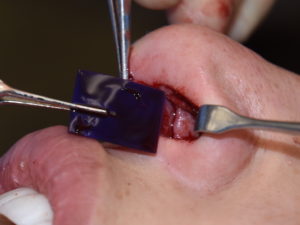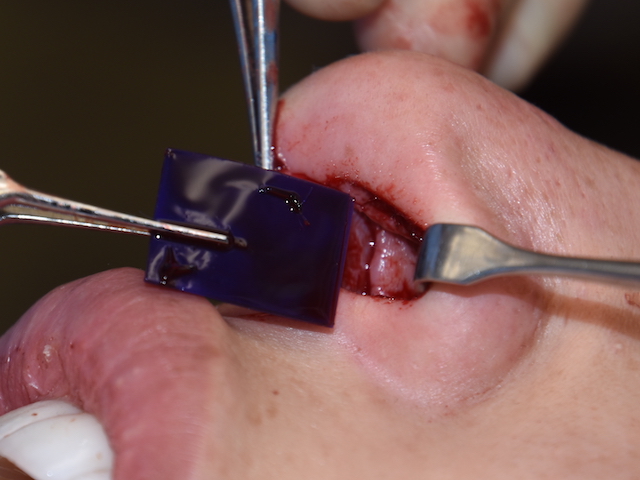The use of cartilage grafts is essential in many types of nose surgeries of which Asian rhinoplasty is a prime example. With smaller nasal frameworks and tighter enveloping skin, substantial augmentation efforts are often needed. Cartilage grafts are preferred and rib grafts are the most common autologous harvest site. But not every patient wants a rib graft harvest and not every Asian rhinoplasty needs the volume of a rib graft, particularly secondary or revisional procedures.

In the March 2019 issue of the journal Archives of Plastic Surgery an article was published on this topic entitled ‘Feasibility of a polydioxanone plate as an adjuvant material in rhinoplasty in Asians’. In this retrospective clinical study the authors report on one hundred and fourteen (114) patient who had polydioxanone (PDS) plates used a structural support in rhinoplasty over a one year period. It was used in a variety of ways including reinforcement of columellar struts and septal L-struts, alar cartilage push-down grafts, fixation of septal extension grafts, and correction of alar contour deformities.
No infections, inflammatory reactions or extrusions of the material occurred in the noses in which they were implanted. Failure of adequate maintained projection of the nasal tip or the short nose occurred in twelve (12) patients. 10.5%)
While PDS plates good support for weak cartilage or the ability to piece smaller cartilage pieces into a more solid construct, consideration needs to be given to what happens when the material loses strength and eventually resorbs. Thus it is not a surprise that when called upon to provide projection support on its own or with inadequate cartilage in the construct there will be some loss of support. But this caveat aside, the lack of even a single case of an inflammatory reaction in the thinner tissues of the nose in this patient series speaks to its excellent biocompatibility in reinforcement of columellar struts, L- shaped struts, and septal extension grafts.
Dr. Barry Eppley
Indianapolis, Indiana



